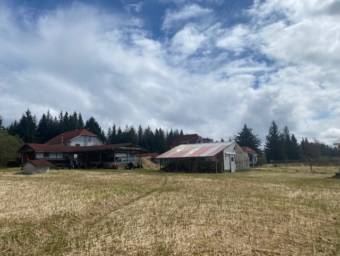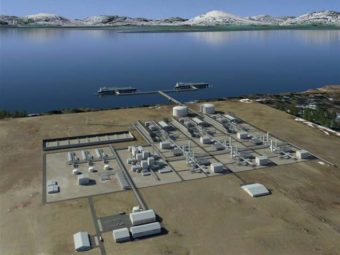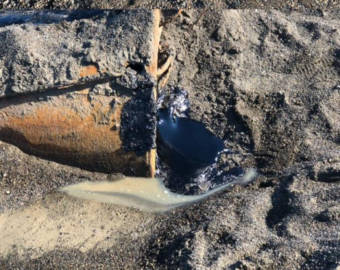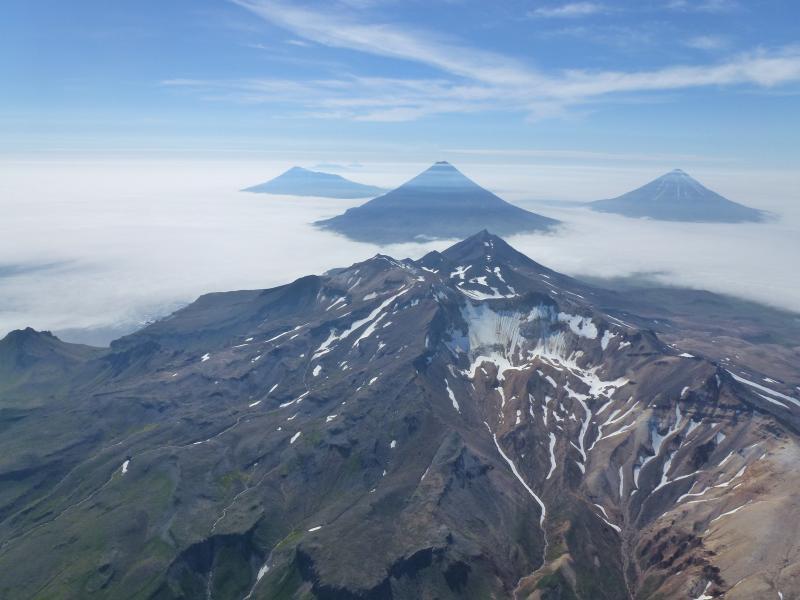
In a new study, scientists say a group of volcanic Aleutian Islands could be part of a massive, single, undiscovered volcano.
While scientists have been compiling their research for six years, there’s still a lot to piece together, according to Diana Roman, a volcanologist with the Carnegie Institution for Science in Washington, D.C.
“This is a little bit like trying to put together a 2,000-piece jigsaw puzzle, where half of the pieces are missing, and you don’t have the box, so you don’t know what it’s going to look like,” she said.
Roman is one of a number of scientists from across the country studying whether a giant volcano is hiding beneath the Islands of Four Mountains — a string of eight volcanic islands in the central Aleutians, about 170 miles west of Unalaska.
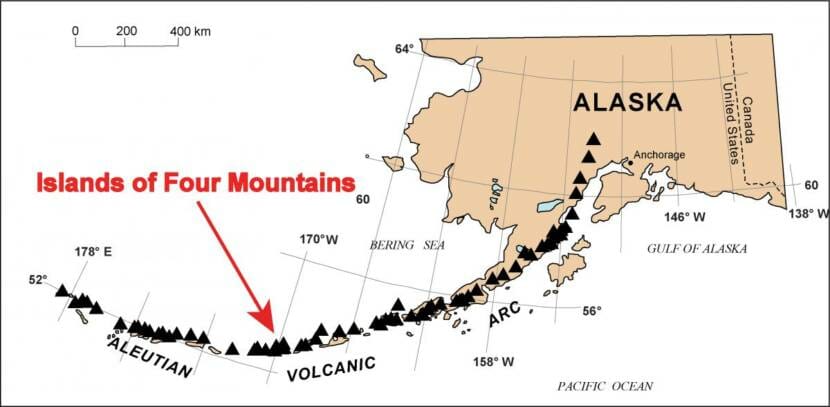
On Monday, researchers presented their findings at the American Geophysical Union’s fall meeting.
John Power is a geophysicist with the U.S. Geological Survey at the Alaska Volcano Observatory, who also led the presentation at the virtual conference this week. He said the research in the Islands of Four Mountains started in 2014 because of the frequent eruptions at Mount Cleveland, which occupies the entire western half of Chuginadak Island.
“Mount Cleveland, over the last 20 years, and perhaps much longer, has been the most persistently-active volcano in North America,” Power said.
Scientists at the AVO have struggled with how to do a better job of warning people about potential eruptions at Mount Cleveland because it is so active, according to Power. But after studying the large stratovolcano and the other five located nearby, multiple pieces of evidence led them to the conclusion that there might be a 12-mile-wide caldera — a large volcanic crater — or a number of calderas, hidden underwater beneath the group of islands, which might help explain the frequent explosive activity seen at Cleveland.
Power said the evidence includes a type of rock scientists found there — called ignimbrites — that’s formed from large, catastrophic caldera-forming events, a slight change in gravity where they think the caldera might be, the extensive geothermal and hot springs throughout the islands, the earthquake activity there — and most notably, he said, the semi-circular arrangement of the islands which might form the caldera’s rim.
“There are multiple pieces of evidence that have come together, that make us think that this is also a very large, caldera-type volcano, which was previously unrecognized for two reasons. One is that we all know the Islands of Four Mountains are very remote, and the volcanoes there have not received a lot of prior study,” Power said. “And, in this case, much of the caldera structure is likely under the Bering Sea, so it’s been hard for people to identify.”
But Power and Roman say the caldera’s existence is not yet proven. To find out if the islands form one big caldera or whether there are multiple calderas side by side, or even if there’s a caldera there at all, they’ll have to return to the Islands of Four Mountains to gather more evidence to fully test their hypothesis.
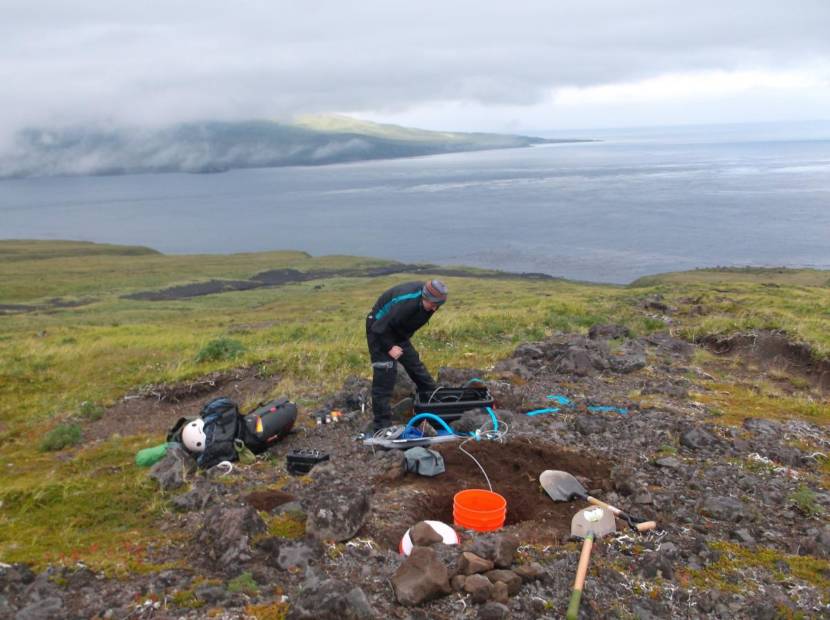
If the researchers’ suspicions are correct, the newfound volcanic caldera would become the first caldera to be discovered in the Aleutians that is hidden underwater. It would also belong to the same category of volcanoes as the Yellowstone Caldera and others that have had super-eruptions with profound global consequences.
One of those, Power said, was the eruption of the Aleutian volcano, Okmok, in the year 43 B.C., which was recently implicated in the fall of the Roman Republic.
“If you look at some of the other large caldera-forming eruptions — such as Okmok — you do see that these have resulted in cooling of the climate,” Power said. “In 1815, there was a very famous eruption at [Mount] Tambora in Indonesia, about this size, that resulted in what’s called the ‘year without a summer’ — there were crop failures, pandemics.”
According to Power, understanding where and when large volcanic eruptions occurred is important in understanding the global impacts they can have.
But, he said, there’s no immediate cause for concern that there will be a super-eruption at the site of the caldera in the Islands of Four Mountains. Rather, he said, knowing that there is potentially a caldera system there will help agencies such as the AVO anticipate eruptive activity moving forward and identify the types of hazards it may pose to overflying aircraft, fishermen and nearby communities such as Nikolski and Unalaska.
“It does not mean that there will be a huge eruption coming from this caldera anytime soon,” Power said. “It may be thousands of years or potentially never.”
Scientists are currently planning their next expedition to the Islands of Four Mountains, which could be several years out, Roman said. The last major expeditions to the islands were in 2014, 2015 and 2016.

